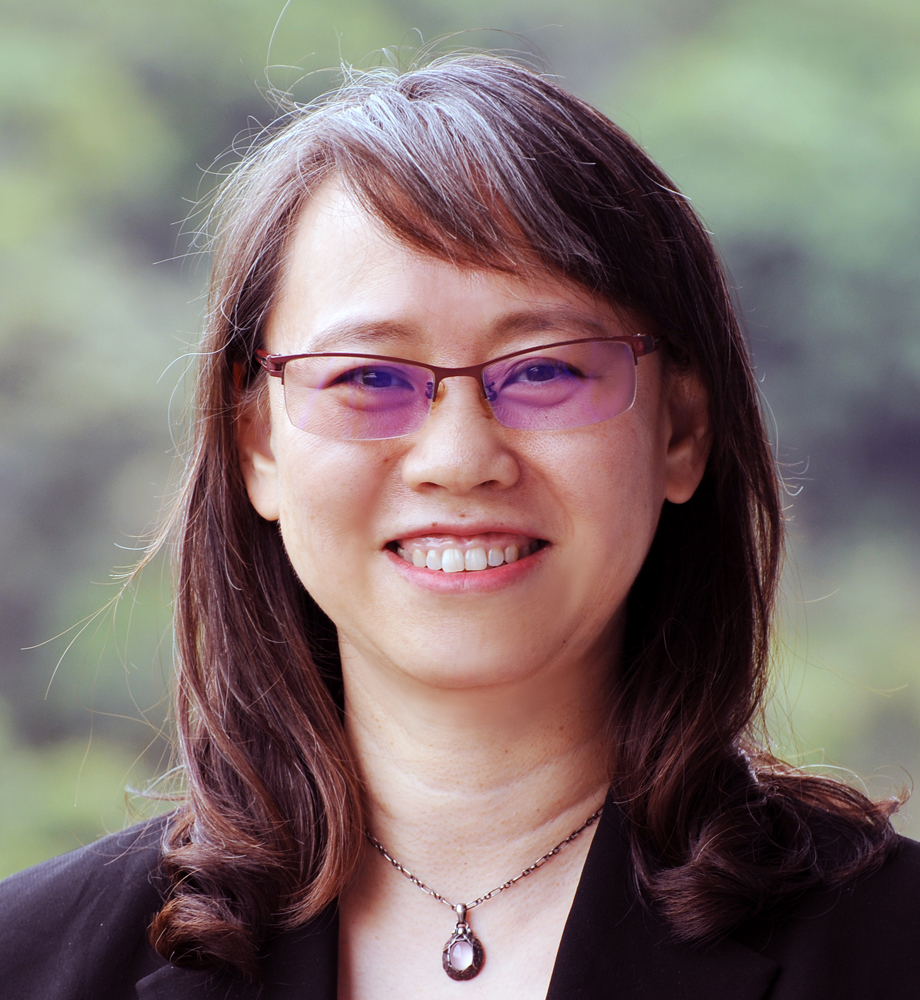

Lung, Shih-Chun Candice龍世俊
Research Fellow and Deputy Director
Research Interests
As in most Asian countries, the residential communities in Taiwan with high population density have various community sources, such as home factories, passing-by traffic, restaurants, temples, and construction sites, generating PM2.5 and heat leading to high PM2.5 and heat-stress exposure levels of residents and subsequent health impacts. Additionally, the urban heat island effect on top of climate change exacerbates the heat-stress exposures of urban residents. In the street levels, the air pollution and heat-stress exposures are much higher than the levels observed from the monitoring stations; these exposures will result in double health burdens, especially for susceptible populations.
Dr. Candice Lung has studied the sources and characteristics of the environmental exposures focusing on PM2.5 (particulate matter with aerodynamic diameter less than or equal to 2.5 micrometers) and heat-stress for the past 20 years. PM2.5 could penetrate deep in lungs and has more severe health impacts than larger particles. PM2.5 is a human carcinogen with complex compositions including carcinogenic polyaromatic hydrocarbons (PAHs). And heat-stress exposures become more and more severe under the trend of climate change in recent years. Dr. Lung has collaborated with researchers in environmental health, information technology, and social sciences to assess the aforementioned ignored sources of PM2.5 and heat-stress in communities, analyze PM2.5 compositions, and explore controllable factors of these exposures in order to formulate recommendations for the policy makers and the general public to reduce health risks due to environmental factors.
Representative Publications
Highlights
My research expertise is Environmental Health Sciences which assesses potential environmental hazards that affect human health. The ultimate goal is to reduce health risks related to any environmental exposure. My research focuses on two themes, aiming at two biggest environmental health challenges in Taiwan and Asia nowadays. The first one is urban air pollution (mainly particulate matters with aerodynamic diameter equal to or less than 2.5 micron, PM2.5). The second theme is climate change and health adaptation.
Urban Air Pollution
In addition to assess PM2.5 in ambient air, my research has focused on human exposures to PM2.5 and identify exposure and community sources previously ignored such as incense-burning. Currently, I am leading an integrated project with a multidisplinary team to assess PM2.5 exposure sources and evaluate potential way of reducing exposure and health risks in Taiwanese communities. Using the newly developed low-cost sensors, we assessed the contributions of various community sources to residents’ exposure (Lung et al., 2020). Furthermore, based on these experiences, I am leading an international project “Health Investigation and Air Sensing for Asian Pollution (Hi-ASAP)”, with research teams from 10+ countries in Asia. Hi-ASAP has been endorsed as an Asia regional research project under Future Earth, a major international activity promoting sustainability science. We have organized discussion meetings and training workshops to transfer our research tools and methodologies to other team members. This international collaboration will further raise the visibility and scientific values of our research.
Climate Change & Health Adaptation
I was leading an integrated project focusing on enhanced heat stress due to climate change, with the team comprised with experts of environmental science, information technology, social science and public health. The first important research outcome was presented in Cheng et al. (2019) which proposed a new approach to selecting proper health-based thresholds for a heat warning system with an appropriate heat-stress indicator, based on records of all-cause mortality, heat related hospital admissions, and heat-related emergency visits in Taiwan. It provided health-based evidences with the aim to establishing an effective heat warning system to reduce health risks on hot days under climate change.
The second research outcome under this theme was assessing important urban-design factors of public health as presented in Shen & Lung 2016, 2017, and 2018. We applied partial least squares modeling to analyze the degree to which green structure reduces mortality of cardiopulmonary diseases, taking into account the mediation effects of green space on air pollution and temperature which both affect public health. Its contribution is on providing practical solutions in urban design considering different green structure factors (such as fragmentation) to reduce the health impacts through reduction of air pollution and heat stress. The most important merit of the aforementioned publications is that they go beyond assessing health impacts of climate change; they actually explored potential ways of reducing health risks by implementing proper urban design and establishing an effective heat warning system. All the efforts aim at identifying effective adaptation strategies to reduce health risks under the trend of climate change.
